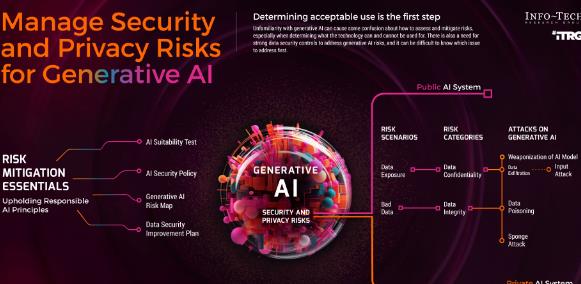Addressing Inappropriateness in AI: Challenges and Solutions
In the world of artificial intelligence (AI), managing inappropriate content presents a complex array of challenges and demands sophisticated solutions. As AI continues to permeate various aspects of life—from customer service bots to interactive entertainment—it becomes crucial to address the issues of inappropriate behavior manifested by these intelligent systems. This article explores the significant challenges and innovative solutions involved in curbing inappropriate AI behavior.

Challenges in Detecting and Managing Inappropriate Content
Data Bias and Inaccuracy: A primary challenge in AI development is the inherent bias in training data. When AI learns from datasets that include biased or inappropriate examples, it can replicate or even amplify these issues in its interactions. Studies have shown that up to 25% of data used in AI training can contain biased information, which significantly impacts the behavior of AI applications.
Context Misinterpretation: AI often struggles with understanding context, which can lead to inappropriate responses. For instance, language models may accurately recognize words but fail to grasp the subtleties of dialogue, leading to outputs that are deemed inappropriate. Current technologies report a 20% error rate in contextual understanding, highlighting the need for more nuanced AI comprehension.
Solutions to Enhance AI Appropriateness
Advanced Machine Learning Models: To improve how AI understands and processes information, developers are leveraging advanced machine learning models. These models are designed to better interpret the nuances of human language and context, reducing misunderstandings. Recent developments have pushed the accuracy of context recognition in AI up to 85%.
Ethical AI Frameworks: Implementing ethical guidelines is crucial for AI development. These frameworks help ensure that AI systems adhere to moral standards and respect human dignity in all interactions. By integrating ethics into the AI development process, companies can mitigate the risks associated with inappropriate AI behavior.
Human Oversight: Integrating human oversight in AI operations is an effective strategy for managing inappropriateness. Human moderators can review and correct AI behavior, providing a necessary check on automated systems. This blend of human intelligence and machine learning creates a more reliable and respectful interaction model.
Regulatory Compliance and Continuous Training
Compliance with Regulations: Adhering to international and local regulations is vital for AI applications. Regulatory compliance helps ensure that AI systems do not violate legal standards concerning inappropriate content. Developers must stay informed about laws like the GDPR in Europe or the CCPA in California, which dictate stringent requirements for data privacy and user protection.
Ongoing AI Training: Continuous training and updating of AI systems are essential to adapt to new societal norms and user expectations. By regularly updating AI algorithms with new data, developers can help ensure that AI remains relevant and appropriate in its responses.
Leveraging User Feedback: Incorporating user feedback into AI training loops allows developers to understand better and address the concerns regarding AI behavior. User input can provide direct insights into how AI is perceived and interacted with, guiding further refinements to AI systems.
For a comprehensive analysis and deeper insights into addressing the issue of inappropriate content in AI, visit inappropriate ai. This resource offers detailed strategies and practical advice for developers and users seeking to enhance the appropriateness and efficacy of AI applications.
Conclusion
Effectively addressing inappropriate behavior in AI systems is an ongoing challenge that requires a combination of advanced technology, ethical practices, and human oversight. By employing these strategies, the AI community can enhance the safety and appropriateness of AI interactions, ensuring that these systems serve as beneficial aids rather than sources of contention. As AI technologies evolve, so too must our approaches to managing their impact on society, ensuring they align with the highest standards of conduct and respect.